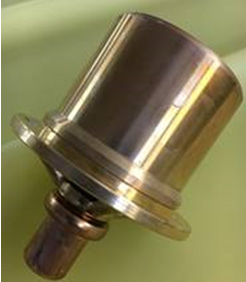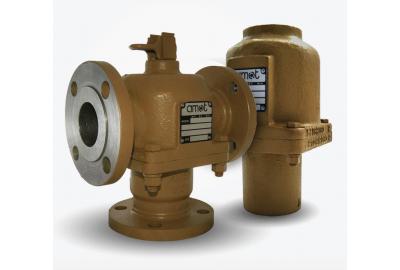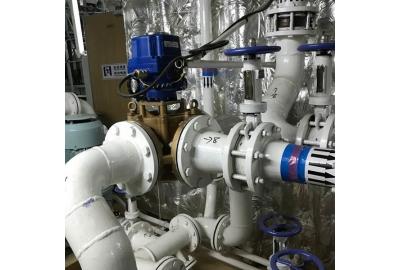For more than 70 years the AMOT wax-element-based Thermostatic Valves have been specified by major equipment manufacturers and packagers. Our products have a long history of providing an incredibly robust and reliable temperature control solution. However, the ability of your temperature control valve to maintain a constant temperature can change over time and, therefore, should be included in your preventative maintenance and service schedules to ensure accuracy.
The Importance of Regular Maintenance

Wax element thermostatic valves are exposed to various flow conditions, with pressure and temperature variations. Additives or contaminants can lead to a build up of a film or deposits on surfaces. The active elements inside the valve can also be subjected to 1000s of temperature cycles which eventually reduce the functional stroke length. Over extended periods of time these numerous factors can lead to a reduction in performance of the internal element assemblies, affecting the flow and temperature control of the application. It should also be noted that exposure to chemicals, particulate matter, electrolytic corrosion, cavitation, or prolonged operation at extreme conditions can reduce the life of the element assemblies.
Is Your Temperature Control Optimal?
The flow rates and temperature set points of your engine’s charge air, jacket water and lubricating oil are carefully specified by engine manufacturer to optimize a number or parameters such as power output, fuel efficiency, emissions and service life. Adding the valves to your preventative maintenance programs will ensure the valves continue to regulate at the designed temperature and minimize the risk of unwanted downtime.
Maintenance Recommendations
Inspection and cleaning should be incorporated into normal preventative maintenance programs. For best practice, it is recommended that all valve seals should be replaced after any inspection and cleaning of the valve and/or surrounding system takes place.
Thermostatic valves can be restored to their designed performance levels by installing the correct service kit or a seal kit and set of original AMOT elements.
The following maintenance schedule is recommended:
| Time from Delivery/Installation* | Seal Kit Requirement | Replacement Element(s) Requirement |
| Every 2 years | Recommended | Only where a reductions in performance is seen |
| Every 4 years | Recommended | Recommended |
| Every 6 years | Essential | Essential |
* Note: if the time period between delivery and installation is significant, the earlier date shall be taken.
Where valves are used in higher risk, sensitive, extreme, or high duty-cycle applications, reduced inspection intervals are recommended, and the replacement of seals and elements at every interval should be considered.
In addition to the above, AMOT thermostatic valves should be checked for wear and correct operation where the following conditions are seen:
- The output of the fluid from the valve varies by more than ±2°C from the desired control temperature
- Where the system takes significantly longer to reach operating temperature than normal
- After the valve is exposed to higher temperatures than recommended, even for short periods
- When the valve is used in equipment which has been idle for long periods of time
- The maintenance schedule is unknown or has not been followed
AMOT service kits are designed to make easy work out of valve maintenance. They contain all the components needed for proper valve maintenance, including new temperature control elements and seals. Please contact us to order service kits.
Download our recommendations.











